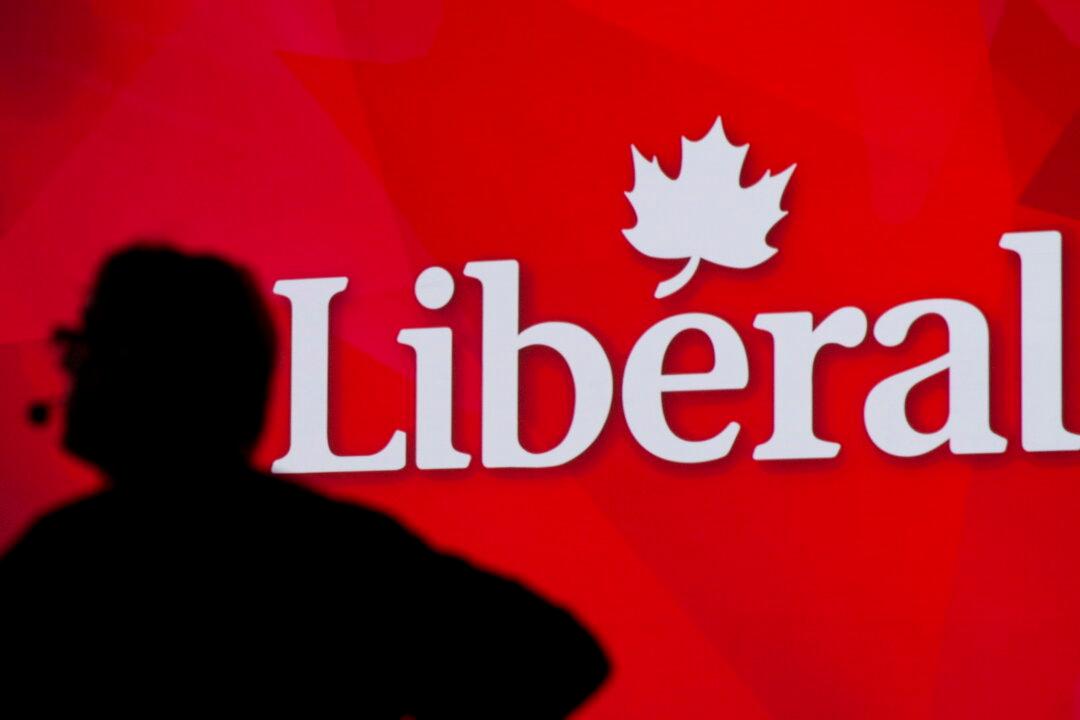The Liberal Party of Canada appears to be on the verge of another historic defeat and it remains to be seen whether a new leader can influence current voting predictions.
As it now stands, the Liberals are veering toward a repeat of their worst showing of 2011, when the party went from 77 seats down to 34. If the “wave” was orange in 2011, with the NDP forming the Official Opposition to Stephen Harper, the Conservatives look poised for a blue wave in 2025 to form a majority government.
The internal campaign putting pressure on Prime Minister Justin Trudeau to resign was framed by some Liberal MPs as an effort to improve how they and their party would fare the next time Canadians visit the ballot box.
While surveys can be unreliable, the three 2024 byelections in large urban areas in three provinces, each with sizeable contingents of Liberal MPs, sent a clear message the party is in danger.
The Liberals lost strongholds in Toronto and Montreal and, in the recent December B.C. byelection, faced yet another defeat, with their candidate trailing the Tories by 50 percentage points.
The Liberals currently have 153 seats in the House of Commons, with projections suggesting this number may decline to 37, according to 338Canada. The House of Commons currently has 338 seats and will expand to 343 at the next election.
If an election were held today, there would only be three “safe” Liberal seats, all located in Quebec. The website 338Canada labels a seat “safe” when a party has a large lead in the riding, with a sliding scale of “likely,” “leaning,” or “toss up” to describe a party’s chance of winning.
Two of the “safe” seats are in Montreal, with one of the incumbents Emmanuel Dubourg (Bourassa) having announced in late 2023 he would not run again. The other is the riding of Saint-Léonard-Saint-Michel, held by Patricia Lattanzio.
Fergus is among the higher-profile Liberals who are most likely to retain their seats. A number of cabinet members currently don’t seem to be in danger if they run in the next election, including Finance Minister Dominic LeBlanc (Beauséjour, N.B.), Defence Minister Bill Blair (Scarborough Southwest, Ont.), Immigration Minister Marc Miller (Ville-Marie-Le Sud-Ouest-Îles-des-Soeurs, Que.), and International Trade Minister Mary Ng (Markham-Thornhill, Ont.).
Trudeau’s riding of Papineau in Montreal also leans Liberal according to 338Canada, with 33 percent of voting intentions going to Liberals and 29 percent to the NDP.
In Danger
Some of Freeland’s former cabinet colleagues are in precarious positions, including some who are contenders to replace Trudeau as party leader and prime minister.Government House Leader Karina Gould is the MP for the Ontario riding of Burlington. The seat is currently considered “safe” for the Tories, with their odds of winning coming in at 99 percent. The current projection by 338Canada has the Conservatives winning 50 percent of the vote, compared to 29 percent for the Liberals.
Natural Resources Minister Jonathan Wilkinson, also a leadership hopeful, equally faces a steep hill to climb to retain his North Vancouver seat. The Tories are currently expected to “likely” win the riding with 46 percent of voters’ intentions compared to 32 percent for the Liberals.
The gap isn’t so pronounced for the riding of Industry Minister François-Philippe Champagne, who is also seen as a potential leadership contender. The Bloc Québécois is currently ahead in voting intentions in his riding of Saint-Maurice-Champlain.
Other high-profile ministers who will have to do some catch up in local races include Environment Minister Steven Guilbeault, who is being outflanked on the left by the NDP in Laurier-Sainte-Marie, Que. Projections by 338Canada have the NDP leading with 33 percent, compared to 27 percent for the Liberals and 26 percent for the Bloc.






